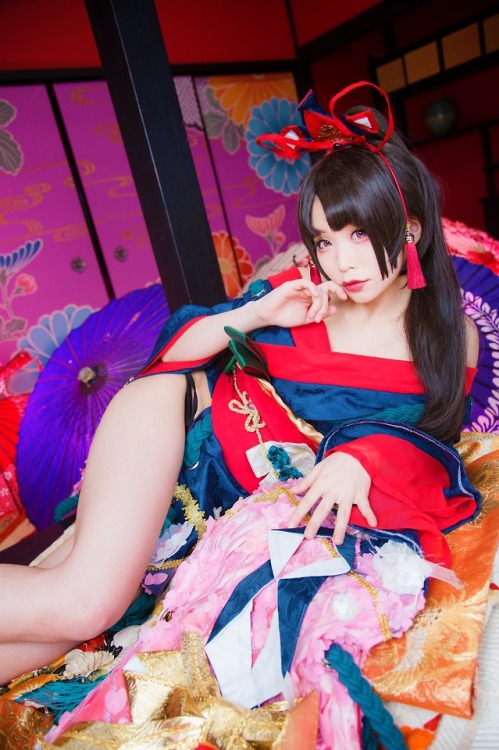#きもの
The Bonnit
I have been seeing this rain bonnet called The Bonnit on the internet very often, and I thought I would try it out since the price is very reasonable ($10/pack). Plus I ride on my bicycle to work and when it rains, I think it will be very convenient to wear.

FYI; the package contains 2 of them, clear one and one with patterns. When I ordered them, the shipping was free if you order 2 of them, so I ordered “ Ohh Shelly ” and “ The Solanah ” . There are one more kind “ The Sylvie ”, it is also very pretty.

First attempt, I obviously didn’t know what I was doing, and looked like Darth Vader… Fail!

I put it deeper, and tied it tighter. Much better.

And then moved it a little bit backward. Hey Nozomy, it’s a bonnet, so wear as it is!!
The Bonnit is made for covering vintage hairstyles, and it tend to be big. So it felt a little too big for a normal hair day. But anyway I look forward a rainy day to wear them :)
Post link
I made nibushiki-juban from my vintage beautiful silk juban by myself.
I bought this juban from Hyotan-ya, which is an antique/vintage kimono store in Osaka (I’m sad that the store is not open right now, hopefully the owner will start his business again soon!), almost 10 years ago… !!
This is actually my first juban, but it is difficult to wear antique kimono because they are a little too small, or the fabric is worn out and if you pull the fabric too hard, it would break off.
Anyway, I didn’t wan’t to ruin it, and had kept it like a treasure for a long time. But now I’m confident enough to wear them and it is actually in a very good condition than I thought.
But the problem was, as usual, it was short. So I decided to make nibushiki-juban out of it.
I always wear nibushiki-juban, because it is easy to wear, easy to shape the emon nicely.
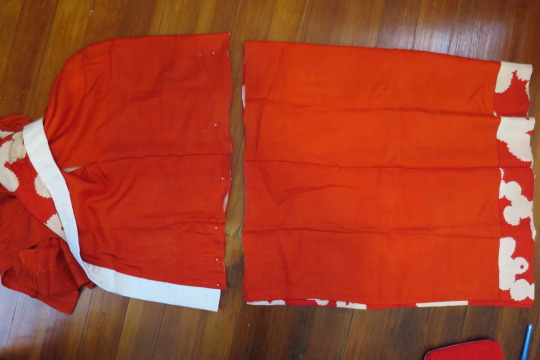
First, cut it in 2 pieces! Be bold and just cut it!!

It’s better to have the edge a little bit longer so you can sew it up.
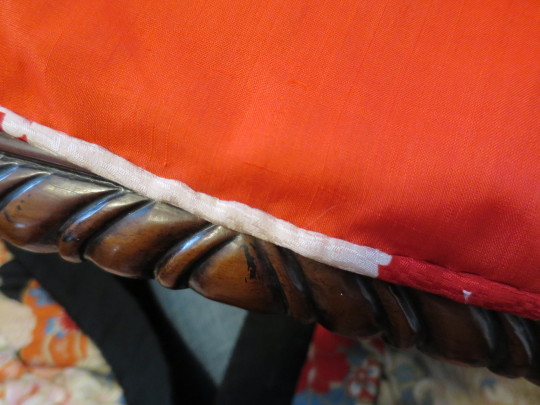
Like this.
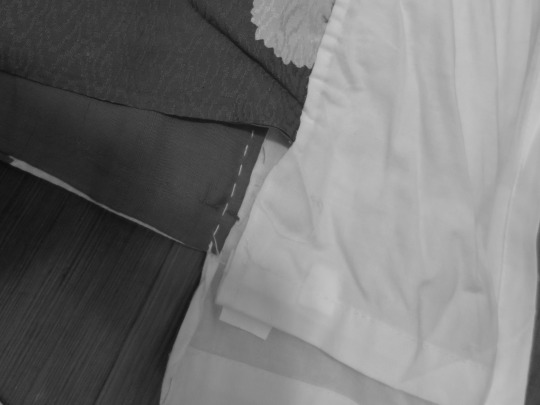
The bottom part. I searched and referred on the Internet and found some nice instructions to make juban.
色のあるくらし ←The blog has a lot of recipe to make kimono stuff!! Very cool ;)
I love anqitue/vintage kimono, but the size had been always an issue, but now juban, I will be able to buy anything with this technique. It is so exiting!!
Post link
Idid this St. Patrick’s day theme kimono display at work for March!
お店でセントパトリックスディの着物コーデディスプレイをしました。着物屋さんではないので使える物に限りがありますが、何とか様になったかしら。
#stpatricksday #kimono #display #boston #tokai #着物 #きもの #ディスプレイ #マサチューセッツ #ボストン #コーデ
Post link
We had a tea ceremony at Boston common today. It was very lovely to be outside, it was kind of warm today again but it was very comfortable under the shade and by the water.
Anthony is learning Japanese tea ceremony, and conducted us a very nice one. I always love the creamy fresh matcha and I have a good time with those nice people.
ボストンコモンでお茶会(ごっこ)をしました。まだ日中は暑いですが、水辺の木陰に座っていると、風が気持ちの良い午後でした。
アンソニーさんはお茶をお勉強されています、そして私たちド素人に本格的な茶席を設けて下さいました。外国の方から本国の事を学ぶというのは、なんとも面白い経験。クリーミィな抹茶、美味しいですよね。素敵な人たちを楽しい時間を過ごせて良かったです^^ #bostncommon #teaceremony #matcha #boston #ボストンコモン #お茶席 #お茶会 #抹茶 #ボストン #kimono #japaneseculture #着物 #きもの #和服 #日本文化
Post link
Now I bet most of you have heard of the famous ‘Coming of Age Day’ (Seijin no Hi・成人の日) which celebrates youths transition into adulthood at the tender age of 20. But here is a celebration which I have noticed most people outside of Japan are not so familiar with, 7-5-3 (Shichi-Go-San・七-五-三) which happens every year on November 15.

7-5-3 (Shichi-Go-San・七-五-三) is day which both celebrates and prays for the growth of healthy children. The significance of the ages 7, 5 and 3 are that they are the celebrated milestone years for children in Japan. Much like how many eastern countries celebrate certain ages, i.e. 3, 10, 13 and 16.
The reasons for these particular ages, dates back to the “medieval” times of samurai and aristocrats families (web-japan.org), these ages saw the following:
- 3 years old: Both boys and girls of 3 years stopped having their hair shaven and were permitted to grow their hair out.
- 5 years old: Boys of 5 years could don a ‘hakama’ in public for the first time.
- 7 years old: Girl could begin using an ‘obi’ sash to tie their kimonos instead of the cords at the age of 7.
By the time of the Edo period (1603-1868) the ‘common’ folk of Japan were also celebrating these customs and began to visit shrines with prayers and offering for their children’s healthy growth. This custom/celebration is not a part of a holiday thus people celebrating this day can often be seen at the shrine the weekend before or after November 15th(ginkoya.com).


Today is 成人の日 or Coming of Age day in Japan. The age of adulthood in Japan is twenty, and on this day people who are twenty or will turn twenty within this year take part in local ceremonies. Girls usually wear fancy kimono with long sleeves called furisode while boys tend to wear suits (though some do wear a formal men’s kimono called hakama). I love this day because everywhere you go it seems there are stunningly dressed ladies who just with their presence beautify their surroundings.
And also make it hard to concentrate on studying at Starbucks (・ω・)










日帰りで「きもの KIMONO展」に足を運びました。
半世紀ぶり、空前絶後の大着物展ということで、酷暑のなか気持ちを高ぶらせながら参りました!
それはそれは圧巻の内容に、胸を打たれました。
めくるめく夢のような空間の連続といった、展示の仕方も素晴らしかったです。
800年前の現存する最古の宮廷衣装からはじまり、歴史上の著名人が着用した着物、現代の人間国宝の手による着物など約300点に及ぶ作品が展示されているのです。
織田信長が着用した陣羽織のゾッとするような美しさには目が離せなくなり、そこに信長の気配さえも感じました。
これらの着物は、究極の職人魂であらゆる技法によって繊細な刺繍や染織が施されています。
また、職人も凄いけれど、贅を尽くした着物を誂えた当時の権力者たちも見事でしょう。
そのお陰で、素晴らしい芸術や文化が後世に残るのですから。
そして、これらの着物は、どれほどの晴れ舞台を彩ってきたのだろうと壮麗な物語に思いを巡らしました。
世界に誇れる着物文化を作った先人の魂を感じ、私も襟をただす思いでした。
さらに図録の素晴らしいこと!
(画像はサイトより拝借しました)
Visited a big exhibition of Kimono at Tokyo National Museum. Just so amazing!!!
The kimono is one of Japan’s most iconic symbols, its colors and designs exemplifying Japanese cultural sensibilities and aesthetics. This exhibition traces the kimono from its inception some eight hundred years ago to its role today as a symbol of Japanese culture with increasing sway on the contemporary fashion scene. Featuring some of the finest extant textiles, paintings, prints and other artworks drawn from collections in Japan and around the world, KIMONO: Fashioning Identities promises to be a once-in-a-lifetime opportunity to consider the past, present, and future of this quintessential Japanese garment.

引用元nrshsさん 横山美雪


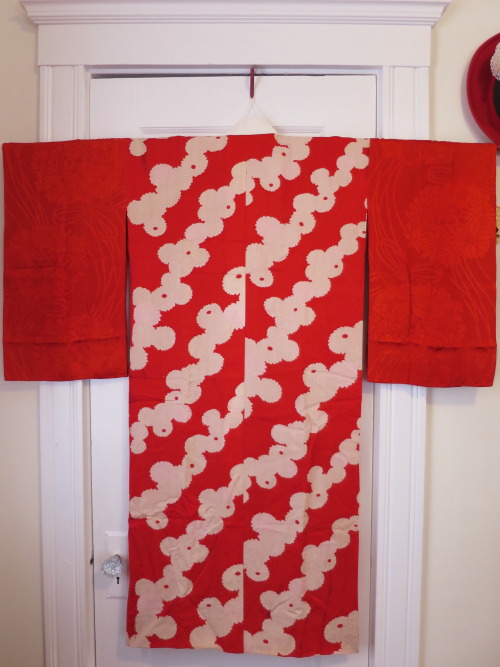


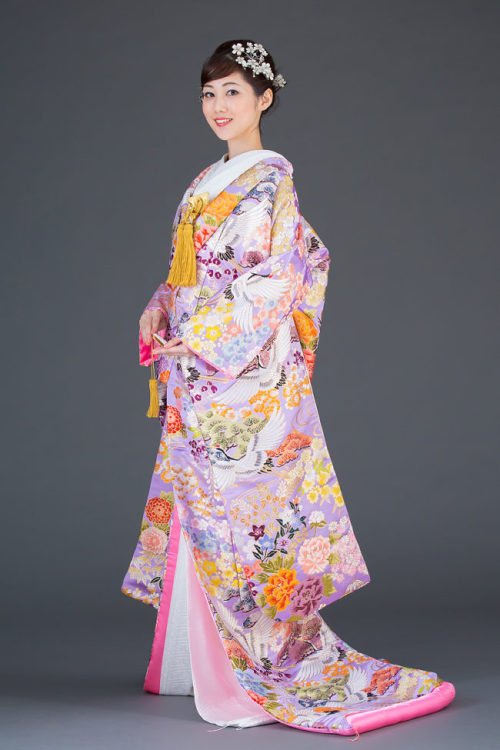


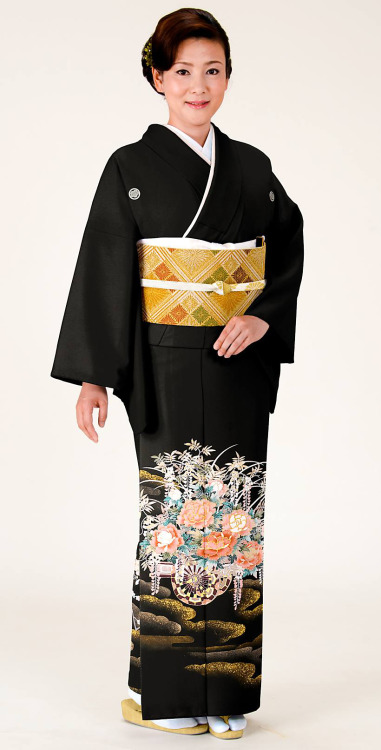


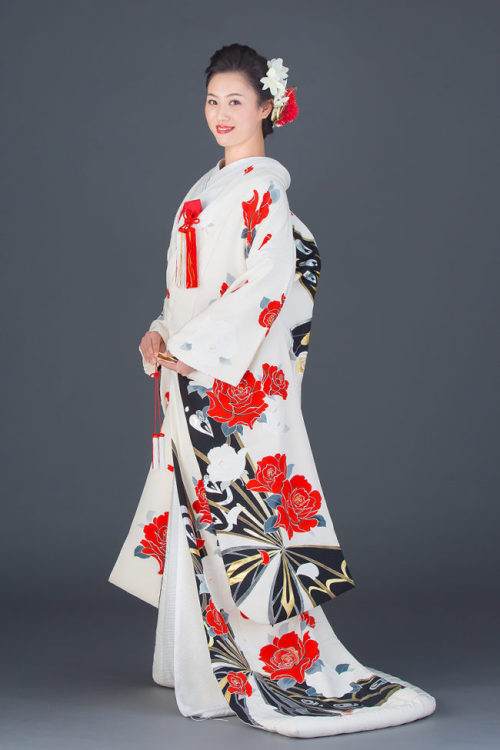

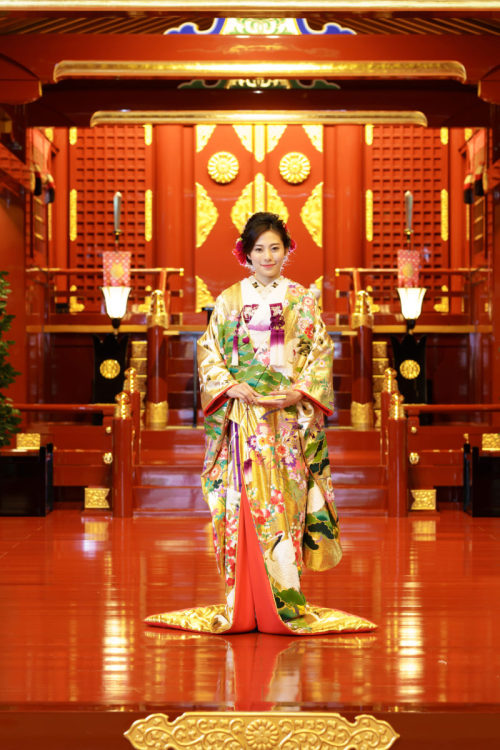

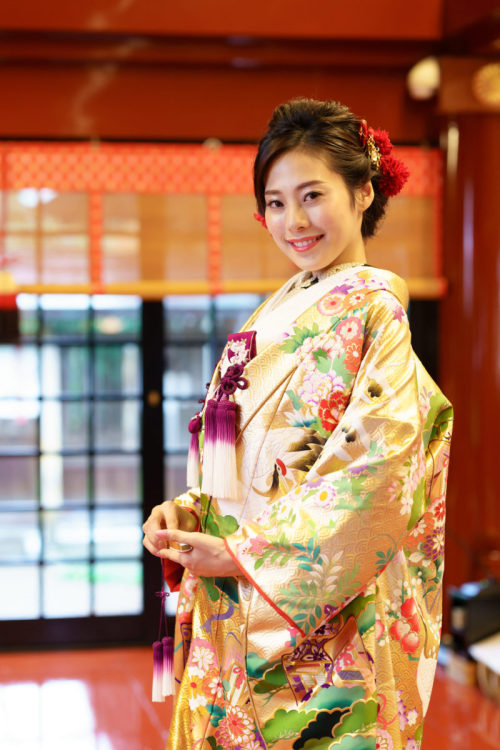


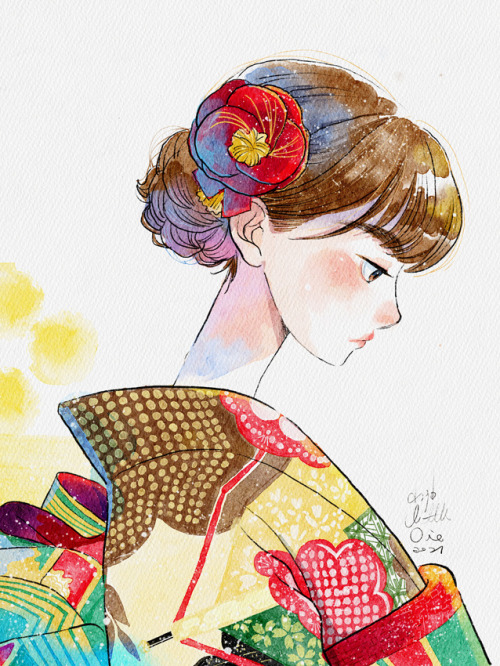
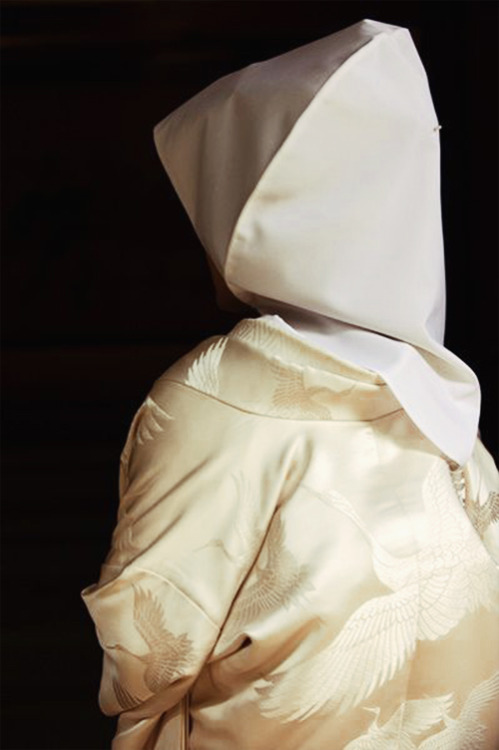
![[11.08.2015] Shunkashuuto {Xuân Hạ Thu Đông - 春夏秋冬}My Facebook | My Twitter | My Tumblr Photographer [11.08.2015] Shunkashuuto {Xuân Hạ Thu Đông - 春夏秋冬}My Facebook | My Twitter | My Tumblr Photographer](https://64.media.tumblr.com/c00b347d7dd0d93d8ae9e6857324c424/tumblr_nsxl6v39Eg1slolmgo1_500.jpg)
